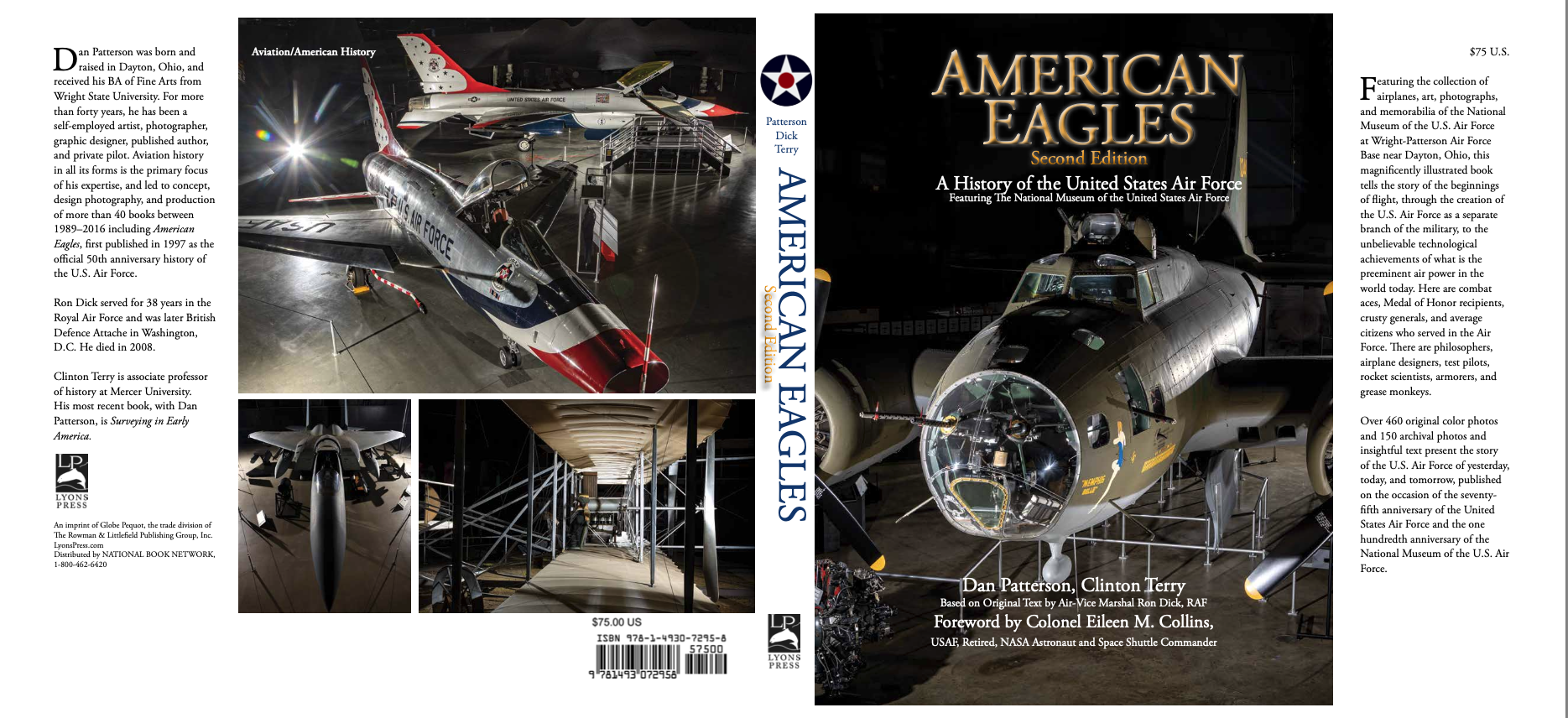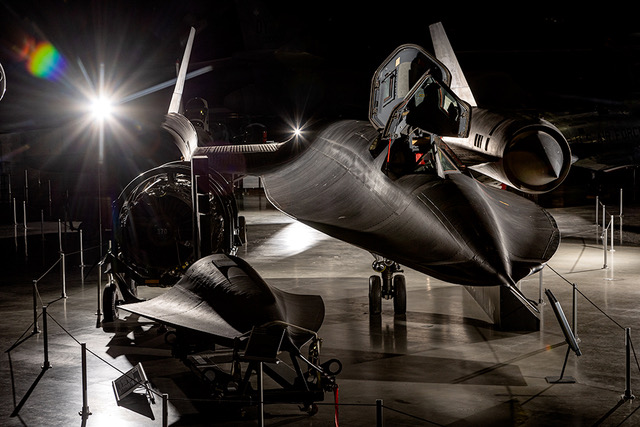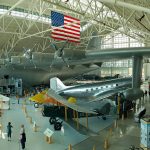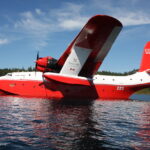The first edition of American Eagles was published in 1997 and received universal critical acclaim. Now in 2024, this new Second Edition has just been published. Author/photographer Dan Patterson has collaborated with the staff of the National Museum of The U.S. Air Force to create this new book. The original text, written by Air-Vice Marshal Ron Dick, RAF, has been condensed and updated by Clinton Terry, PhD. which brings the 2nd Edition brings USAF history up to date. Ron Dick passed away in 2008.
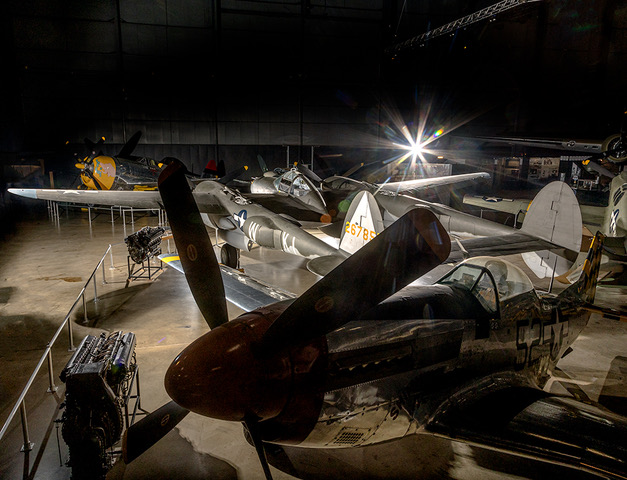
Provided unprecedented access to the Museum and its vast collections, this book features nearly 700 photographs taken inside this national treasure. The producers of this book spent over a year and a half making new images which are often at a perspective not before seen. Patterson worked closely with Museum photographer Ty Greenlees in what they described as “the largest aviation history studio in the world.” “When we decided that a high-angle view was the answer, we had access to lifts and catwalks to be able to put the camera exactly where we felt it was just right,” Patterson recounted. The results speak for themselves. Large color photos are complemented by archival images from the Museum’s collections. Added to this are studio photos of priceless artifacts which add to the story being told.
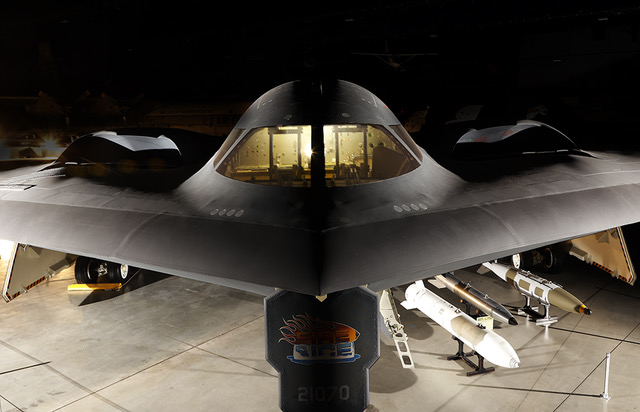
The book opens with the inventions and creative solutions to manned flight of the Wright brothers, acknowledging the flights of 1903 at Kitty Hawk; featuring the decisive accomplishments by the Wrights at Huffman Prairie culminating in the 1905 Wright Flyer III, which the Wright felt was the successful result of their work. The Wright Military Flyer is the result and the Museum’s replica represents the first American military aircraft
Aircraft became new military weapons in the crucible of World War I, involving large bombers and the tactics of small, nimble pursuit planes. The first American combat pilots, the volunteers of the Lafayette Escadrille, formed the basis of all American combat flying to the present day.
Between the wars, the Army Air Service became the Army Air Corps. The Aviation Engineering Division at McCook Field pushed the boundaries of our knowledge of flight, and the Museum got its beginning there in 1923. When McCook Field could no longer accommodate the number and size of the aircraft it served, Dayton’s community leaders led a campaign to keep the facility there and arranged for the purchase of nearly 5,000 acres. It then gifted that land to the U.S. government, creating Wright Field in 1927, making it the largest military air base on the globe. The accomplishments of higher, faster, further became the aircraft that would be the tools provided to airmen to fight World War II.
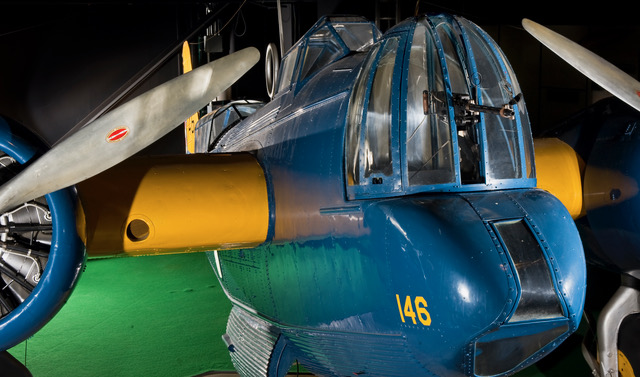
The World War II chapters of American Eagles make up the largest section of the book. They describe in words and pictures evolving engine types, the revolutionary designs that won the war, and photos of some of the iconic aircraft on display at the Museum such as the B-17 “Memphis Belle.”
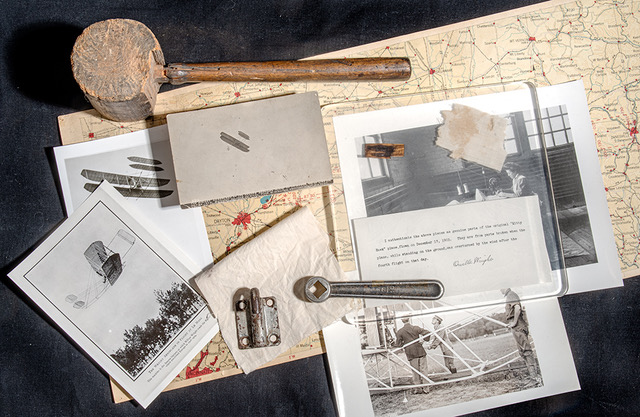
After that war concluded the Air Force soon became a new and separate branch of the new Department of Defense. Aircraft design gave way to the jet-engined fighters and bombers, both capable of long-range and armed with nuclear weapons. On display at the Museum and creatively photographed for American Eagles are the famous “century series” of American fighter jets as well as the mammoth bombers of the Strategic Air Command.
Hot combat in Korea and Vietnam is represented in the Museum and in the pages of the book, showcasing the variety of aircraft used from the venerable B-52 to the World War II era propeller-driven A-1 Skyraider . Test flight moved from Ohio to the high desert of California, where Edwards Air Force Base became the center of experimental flight while the operations were implemented and managed from Wright Field. Many of the most exotic test aircraft are now in the Museum.
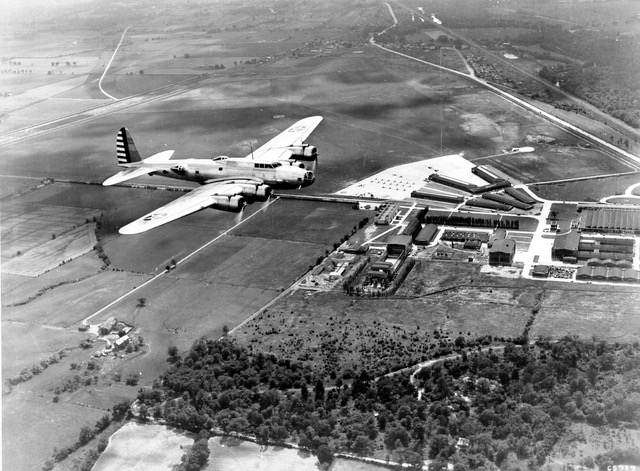
Lessons drawn from combat in Vietnam led the USAF into the 21st century with stealth technology, ever-faster jets, and reconnaissance aircraft that could linger over targets for hours, echoing aviation’s initial function from World War I, which was to see what was over the horizon. The Museum’s “spy-plane” collection has been photographed and featured in American Eagles.
The Air Force of the 21st century as well as an extensive history of the National Museum of the USAF are the added chapters to American Eagles. Clint Terry, working with the Museum staff, has detailed the origins of the Museum and Director David Tillotson has contributed his welcoming comments. The epilogue completes the circle that began with the Lafayette Escadrille over a century before.
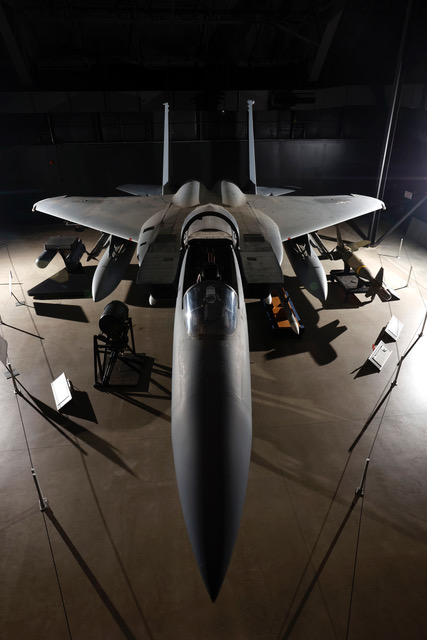
The photographs were made with a dedication to extreme quality and composition. Dan Patterson’s’ view towards making photos of aircraft is that they are “flying sculpture,” created, engineered, and flown by men and women. This book is a tour of the Air Force’s own Museum. It is also a detailed tour de force of stunning photographs made by a seasoned photographer who has mastered his craft.
